Polish Autocephalous Orthodox church
Polish Autocephalous Orthodox church [Polski Autokefaliczny Kościół Prawosławny or PAOC]. Following the Peace Treaty of Riga (1921), some 4 million Orthodox believers, including about 2.5 million Ukrainians, found themselves in the newly established Polish state. They lived primarily in Belarusian and Ukrainian (Volhynia, Polisia and the Kholm region) territories that had been part of the Russian Empire and where the only church permitted had been the Russian Orthodox church. In January 1922 the Polish government issued an order recognizing the Orthodox church and placing it under the authority of the state. At the same time a Ukrainian, Yurii Yaroshevsky, was appointed metropolitan and exarch by the patriarch of Moscow. When Yaroshevsky began to reject the authority of the Moscow patriarch, he was assassinated by a Russian monk. Nonetheless, his successor, Dionisii Valedinsky, continued to work for the autocephaly of the Polish Orthodox church, which was finally granted by the patriarch of Constantinople in his Tomos of 1924.
From that time the PAOC was independent of the canonical authority of the Moscow patriarch and claimed the right to administer its internal affairs. The church was divided into five eparchies—Warsaw-Kholm, Polisia, Volhynia, Hrodna, and Vilnius—and the Council of Bishops (Synod) became the highest authority in the church. Administrative affairs were the responsibility of the Holy Synod, headed by the metropolitan. In practice, however, the church was controlled by the Polish Ministry of Confessions and Education. The authorities did not permit the convening of a sobor, and instead promulgated two decrees in 1938—the Internal Statutes of the POAC and the Presidential Decree on the Relations of the State to the Polish Orthodox Church—which defined the nature of the church and its organization. The government reserved the right to review all ecclesiastical appointments (ensuring that two Poles were consecrated as bishops) and insisted on the introduction of Polish as the official language of the church. The government also destroyed Ukrainian churches in the Kholm region and supported efforts by the Roman Catholic church forcibly to convert Orthodox believers. At the same time the PAOC was influenced by Russophile elements in the leadership, who sought to Russify church life despite the preponderance of Ukrainian and Belarusian believers.
These obstacles notwithstanding, some aspects of Ukrainian Orthodoxy thrived in the PAOC. The vernacular was used for sermons and the Ukrainian pronunciation of Church Slavonic for services in Ukrainian regions, and two Ukrainian hierarchs were consecrated (Polikarp Sikorsky and Oleksii Hromadsky). Moreover, Ukrainian scholars (Oleksander Lototsky, Vasyl Bidnov, Dmytro Doroshenko, Ivan Ohiienko) taught at the Faculty of Theology at Warsaw University, several Ukrainian religious journals were published—Tserkva i narid, Dukhovnyi siiach, Za sobornist', and Shliakh (Lutsk)—and groups such as the Mohyla Society researched and popularized the Ukrainian Orthodox church rite.
During the Second World War, bishops of the PAOC played an important role in the re-establishment of the Ukrainian Autocephlous Orthodox church (UAOC). Metropolitan Dionisii Valedinsky sanctioned the organization of the church and appointed Bishop Polikarp Sikorsky as the UAOC administrator in the Reichskommissariat Ukraine. At the same time he consecrated Ivan Ohiienko and Palladii Vydybida-Rudenko as bishops for Ukrainian territories (the Kholm region and Lemko region) in the Generalgouvernement. Under their leadership new statutes stressing the Ukrainian character of the church were adopted, and much was done to introduce Ukrainian religious practices. At the end of the war all the Ukrainian hierarchs and most prominent clergy and lay leaders of the church fled to the West. Valedinsky was removed from his post in 1945 under Soviet pressure and replaced in 1951 by M. Oksiiuk of the Russian Orthodox church. In 1948 the Moscow patriarch annulled the 1924 Tomos of the patriarch of Constantinople granting autocephaly and replaced it with his own grant reasserting Moscow's control over the PAOC.
Today the PAOC unites about 504,000 faithful, primarily Ukrainians and Belarusians, as well as a small number of Russians, Poles, and others. Nearly 70 percent of them live in Podlachian voivodeship, and slightly under 10 percent reside in other voivodeships (ie, in territories that were part of interwar Poland). Others live in the western and northern voivodeships to which they were forcibly moved from the Kholm region, Podlachia, and Lemko region after the war. Most Orthodox Ukrainians live in northern Podlachia in Podlachian voivodeship (where they are often considered Belarusian); others are dispersed throughout Poland (communities are found in the Podlachian, Lublin, Subcarpathian, Little Polish, and Warmian-Masurian voivodeships).
The metropoly, with its see in Warsaw, has been successively headed by M. Oksiiuk, Tymoteusz Szreter, Stefan Rudyk, V. Doroshkevych, and (since 1998) Sawa Hrycuniak. Its highest authority is the Synod of Bishops, which consists of the metropolitan and all active bishops. The metropoly is divided into six eparchies: Warsaw-Bielsk Podlaski (the archeparchy headed by the metropolitan, with 69 parishes), Lublin-Kholm (carved in 1988 out of the Warsaw-Bielsk Podlaski archeparchy, with its see in Lublin and 29 parishes), Białystok-Gdańsk (57 parishes), Łódź-Poznań (12 parishes), Wrocław-Szczecin (44 parishes), and Peremyshl-Nowy Sącz (17 parishes, est 1983 with its seat in Sianik). In total, the PAOC has 235 parishes, some 350 churches, and 300 priests, most of whom are graduates of the theological seminaries in Warsaw and Jabłeczna or the Orthodox section of the Christian Theological Academy in Warsaw. The PAOC has two monasteries for men, the Yablochyn Saint Onuphrius's Monastery (in Jabłeczna [Yablochyn], Lublin voivodeship) and the Suprasl Saint Mary's Monastery (Podlachian voivodeship), and one monastery for women, Saints Martha and Mary (Podlachian voivodeship).
The church leadership is often hostile toward Ukrainian or Belarusian national causes, and as recently as 1990 Metropolitan Doroshkevych denounced the goal of Ukrainian independence. The official language of the church is Polish, but Russian is frequently used in administration (this has led to charges that the PAOC is purposely Russifying or Polonizing its Ukrainian followers). The monthly Tserkovnyi vestnik (est 1954) appears in Russian, but the annual Pravoslavnyi kalendar has some material in Ukrainian and Belarusian, as well as in the Lemko dialect. In 1961 and 1968–77 P. Domanchuk edited the Ukrainian-language Tserkovnyi kalendar, which was revived in 1985 as a publication of the new Peremyshl–Nowy Sącz eparchy.
Liturgies are conducted in Old Church Slavonic with Russian, sometimes Ukrainian or Belarusian, pronunciation. Sermons are usually delivered in Ukrainian or Belarusian. Relations with Polish Catholic chauvinists and the Polish regime were often strained. Many Orthodox churches—unique historical, artistic, and architectural artifacts graced by valuable icons—have been destroyed in areas from which the Orthodox were deported after the war.
BIBLIOGRAPHY
Kupranets’, O. Pravoslavna tserkva v mizhvoiennii Pol’shchi, 1918–1939 (Rome 1974)
Sorokowski, A. Ukrainian Catholics and Orthodox in Poland and Czechoslovakia (Cambridge, Mass 1988)
Papierzyńska-Turek, M. Między tradycją a rzeczywistością: Państwo wobec prawosławia 1918–1938 (Warsaw 1989)
Ivan Korovytsky, Myroslav Trukhan
[This article was updated in 2013.]
 Orthodox_church.jpg)
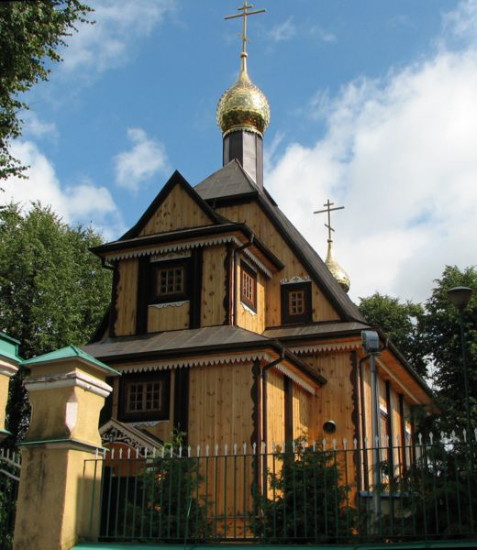
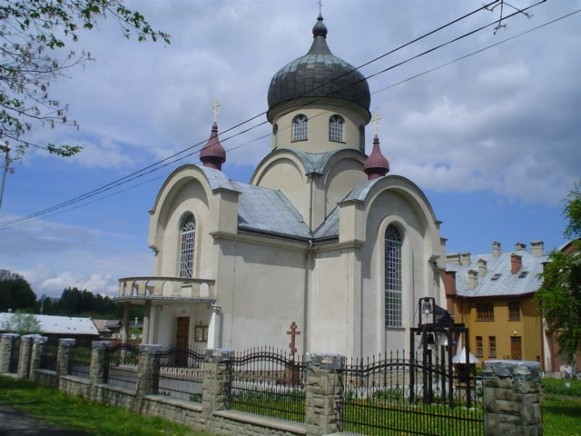
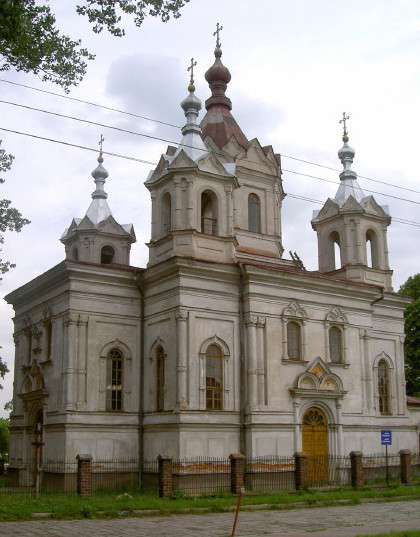
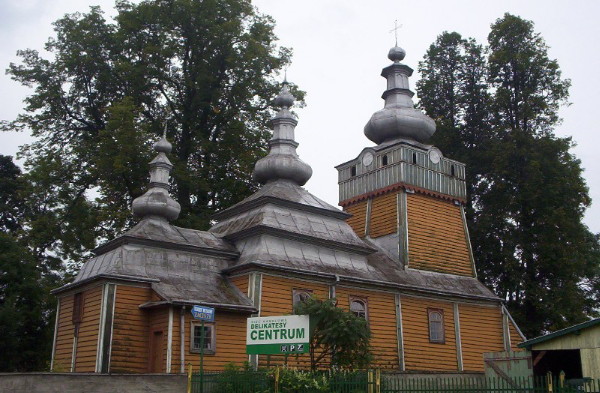
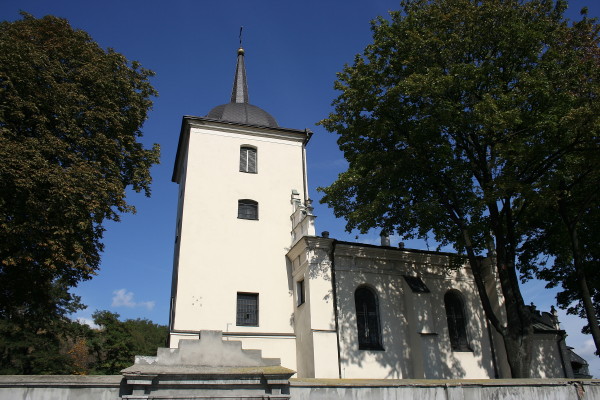
.jpg)
